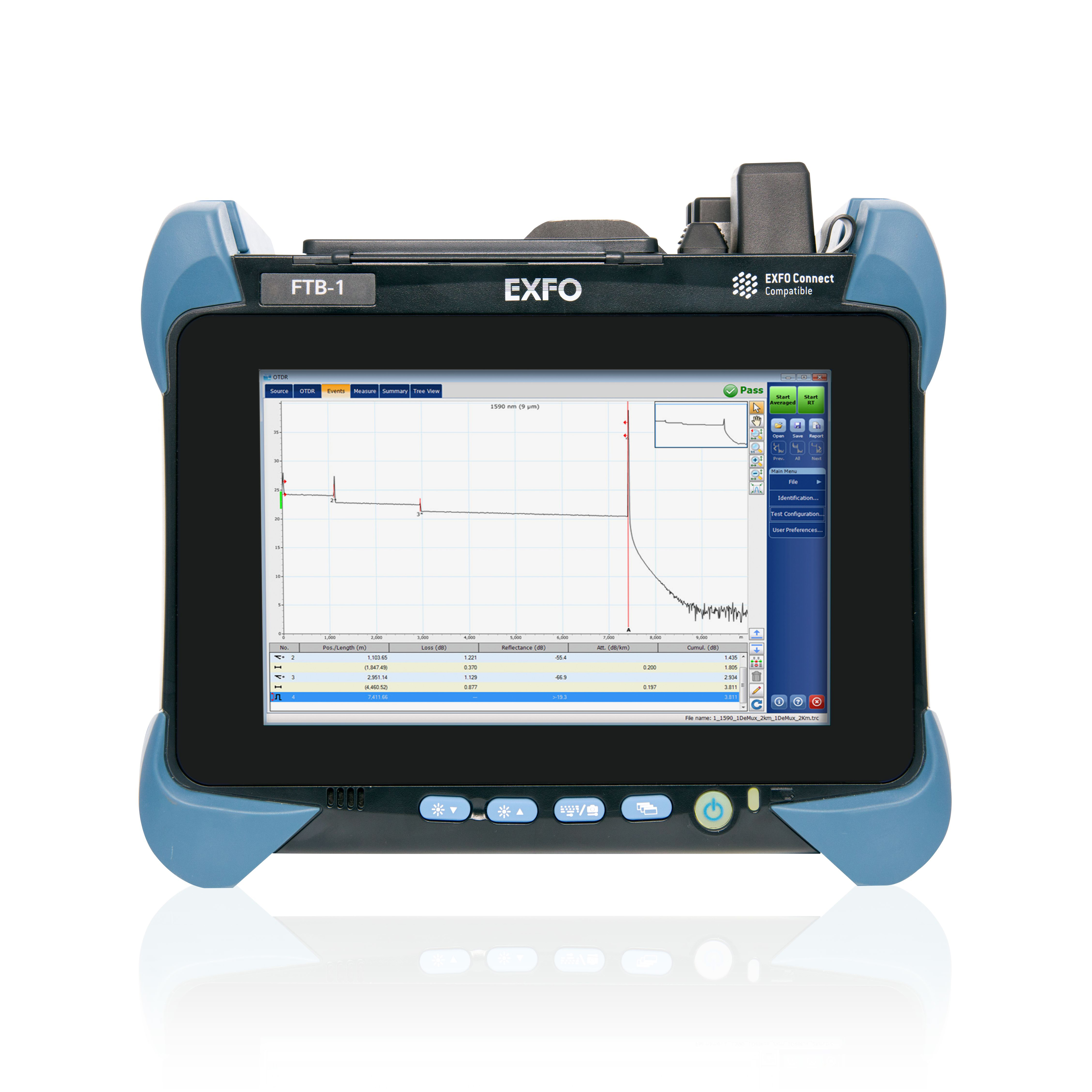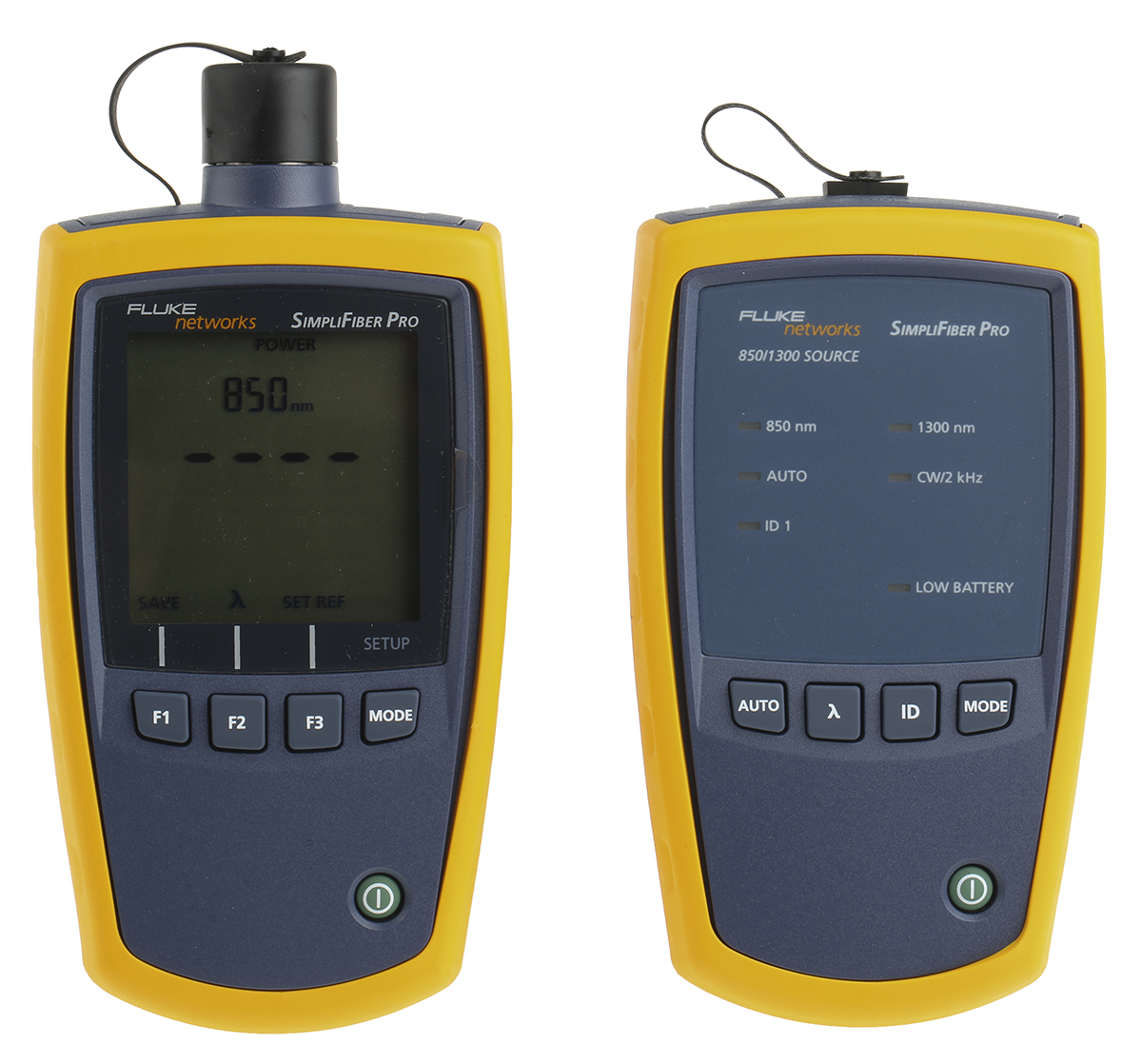Discovering Advanced Techniques in Fiber Measurement and Their Industry Influence
In today's fabric industry, accurate fiber measurement is vital for maximizing production processes and conference sustainability objectives. With the increase of cutting-edge imaging and analytical devices, you can get deeper understandings into fiber framework and structure. This change not only improves effectiveness but likewise lines up with industry criteria. As these innovative methods progress, you may wonder just how they can additionally transform producing practices and effect the future of fabrics.
The Relevance of Accurate Fiber Measurement in Textile Manufacturing

Innovative Imaging Technologies for Fiber Evaluation
When it involves fiber analysis, innovative imaging technologies are game changers. High-resolution microscopy strategies and spectroscopic evaluation approaches offer you with in-depth insights right into fiber structure and composition. These developments not just improve accuracy yet likewise enhance your dimension processes.
High-Resolution Microscopy Techniques
High-resolution microscopy methods have reinvented fiber evaluation, permitting scientists to imagine fibers at unmatched degrees of information. With methods like scanning electron microscopy (SEM) and transmission electron microscopy (TEM), you can observe fiber morphology, surface functions, and cross-sections with exceptional quality. These techniques enable you to compare various fiber types and examine their architectural honesty. You'll find that high-resolution imaging helps determine defects, incorporations, and various other critical characteristics that can influence product efficiency. In addition, improvements in electronic imaging software application have boosted image handling, making it much easier to examine and interpret data. By embracing these innovative techniques, you can drive greater accuracy in fiber measurement and add to developments in numerous markets, from textiles to composites.
Spectroscopic Evaluation Techniques
Spectroscopic evaluation methods have actually arised as powerful devices for fiber characterization, supplying insights that match high-resolution microscopy. You can make use of techniques like infrared (IR) spectroscopy, which assists recognize the chemical make-up of fibers by determining molecular resonances. Raman spectroscopy offers one more layer of information, permitting you to analyze molecular frameworks with scattering of single light. These methods not just boost your understanding of fiber homes yet additionally enable the detection of pollutants and architectural variants. By incorporating spectroscopic techniques with standard microscopy, you obtain a more considerable view of fibers' physical and chemical attributes, enhancing your study precision. Ultimately, these innovations can notably impact material selection and quality assurance in different markets.
Advanced Analytical Devices and Their Applications
As you explore the domain of fiber dimension, you'll discover that innovative logical devices play an important duty in enhancing precision and effectiveness. Techniques like high-performance fluid chromatography (HPLC) and gas chromatography (GC) enable you to assess fiber composition with excellent precision. These devices allow you to identify particular elements and pollutants, guaranteeing quality assurance in your products.Additionally, making use of scanning electron microscopy (SEM) offers you an in-depth sight of fiber structure, assisting you recognize how different treatments influence performance. Modern software application likewise streamlines data analysis, making it simpler to analyze complex results and team up across groups.

Impact of Fiber Measurement on Manufacturing Efficiency
While accurate fiber dimension might appear like a tiny detail, it substantially impacts production efficiency in the fabric industry. When you purchase exact fiber dimension methods, you can maximize resources use and reduce waste. This brings about far better resource appropriation, permitting you to create premium fabrics without overusing resources.By understanding fiber attributes, you can customize production processes to particular products, enhancing your workflow and decreasing downtime. Recognizing the precise tensile stamina of fibers allows you change machinery setups for optimum efficiency. This not only accelerates production but likewise ensures constant product quality.Moreover, precise fiber measurement helps you recognize concerns early in the assembly line, protecting against pricey reworks and hold-ups (fiber measurement). On the whole, implementing advanced fiber dimension strategies simplifies procedures, improves efficiency, and ultimately increases success. In today's competitive market, every information counts, and precise fiber measurement is a game-changer
Sustainability Factors To Consider in Fiber Analysis Techniques
When you analyze fiber, it's necessary to consider lasting methods that can lessen environmental influence. Utilizing environment-friendly measurement techniques and decreasing waste in your assessments can significantly improve your overall sustainability. Additionally, incorporating lifecycle analysis right into your methods can give a more clear image of your fiber's environmental impact.
Eco-Friendly Measurement Techniques
Taking into consideration the expanding need for sustainability in various sectors, taking on eco-friendly dimension approaches for fiber assessment has actually ended up being important. You can begin by using non-toxic solvents and eco-friendly materials in your testing processes. These choices not just lower environmental effect yet likewise improve safety and security for your group. Executing electronic measurement techniques can even more minimize see this here waste, as they typically need fewer physical samples and resources. In addition, leveraging ingenious technologies like near-infrared spectroscopy can generate accurate outcomes without unsafe chemicals. By selecting these greener methods, you add to an see this here extra sustainable future while preserving high criteria in fiber quality. Inevitably, incorporating environmentally friendly practices into your fiber analysis not only aligns with consumer values however likewise enhances your brand name's track record.
Lowering Waste in Assessment
To successfully lower waste in fiber evaluation, you can implement approaches that improve your testing procedures and reduce resource usage. Start by maximizing example sizes; utilizing smaller sized examples can generate accurate results while preserving products. Next, invest in multifunctional devices that enables numerous examinations without requiring several tools, lowering power and source usage. You must likewise take into consideration embracing electronic devices for data collection and evaluation, which can reduce down on paper waste and boost effectiveness. On a regular basis educating your team on sustainable techniques guarantees every person's on board with waste decrease goals. Teaming up with suppliers that prioritize sustainability can additionally enhance your efforts, permitting you to examine fibers while keeping a dedication to ecological responsibility.
Lifecycle Analysis Integration
Integrating lifecycle analysis (LCA) right into fiber evaluation methods can significantly boost sustainability efforts. By examining the ecological effects of fibers from manufacturing to disposal, you can recognize locations for improvement. This approach assists you recognize source intake, energy use, and waste generation throughout the fiber's life.When you integrate LCA, you're not just gauging fiber characteristics; you're additionally thinking about the eco-friendly footprint. This alternative sight enables you to make informed choices that prioritize sustainability. You might choose fibers that call for fewer sources or have a reduced carbon effect. Eventually, LCA encourages you to maximize processes, minimize waste, and promote eco pleasant choices in fiber production, straightening your exercise with international sustainability goals.
Market Requirements and Rules Shaping Fiber Measurement
As the need for premium fiber products expands, understanding the market criteria and regulations that regulate fiber measurement becomes vital. These standards assure uniformity, accuracy, and safety in the measurement process, which eventually affects product high quality. Organizations like ASTM International and ISO established forth criteria that makers should abide by, covering numerous facets such as fiber recognition, toughness screening, and wetness material analysis.

Future Trends in Fiber Measurement and Fabric Manufacturing
Just how will improvements in innovation reshape fiber dimension and textile production? You'll see a shift toward automation and real-time information analysis, boosting accuracy and performance. Smart sensors will check this certainly keep track of fiber properties continually, enabling prompt adjustments in manufacturing. This means you can expect better textiles with less waste.Moreover, AI and equipment discovering will certainly forecast patterns in customer preferences, allowing suppliers to adapt swiftly. fiber measurement. By incorporating blockchain technology, you'll have much better traceability of products, ensuring sustainability and ethical sourcing.Virtual truth and boosted reality will contribute too, providing immersive training experiences for employees on fiber handling and manufacturing processes.As you welcome these changes, the textile sector will certainly transform into a more receptive, lasting, and ingenious sector, setting brand-new criteria for quality and performance. The future of fiber measurement and textile manufacturing is brilliant, and it's time to hop on board
Often Asked Concerns
What Are the A Lot Of Common Fiber Types Measured in the Market?
In the industry, you'll typically encounter natural fibers like cotton and wool, as well as synthetic options such as polyester and nylon. Each kind has unique residential properties, impacting their measurement and application in different items.
Exactly How Do Fiber Dimensions Affect Customer Item Top Quality?
Fiber measurements directly affect customer item high quality by making sure uniformity, longevity, and efficiency. When you comprehend these metrics, you can make educated choices, leading to enhanced satisfaction and much better general experiences with the products you make use of.
What Training Is Needed for Fiber Measurement Technicians?
To become a fiber dimension service technician, you'll require specific training in textile scientific research, measurement techniques, and tools procedure. Hands-on experience and accreditations can enhance your skills, making you skilled in accurate fiber evaluation and high quality assurance.
Are There Any Type Of Certifications for Fiber Dimension Professionals?
Yes, there are accreditations for fiber dimension experts. You can pursue alternatives like the Certified Fiber Optics Specialist (CFOT) or numerous industry-specific credentials that boost your experience and integrity in fiber measurement and screening.
Exactly How Can Tiny Services Implement Fiber Dimension Techniques Effectively?
You can carry out fiber measurement strategies efficiently by purchasing budget friendly tools, educating your team, and establishing clear methods. Work together with sector experts and constantly improve your processes to enhance precision and effectiveness with time.